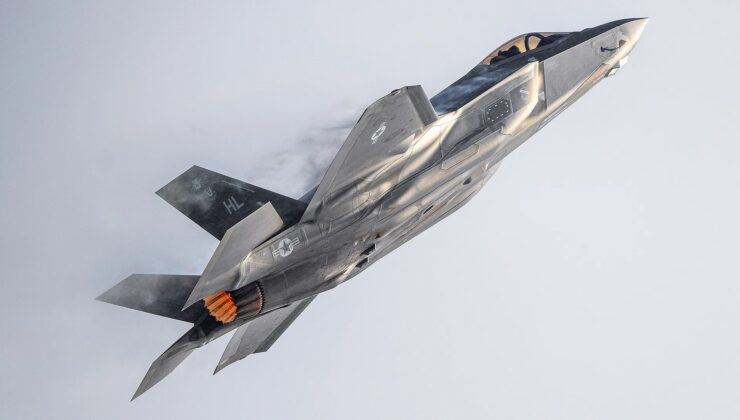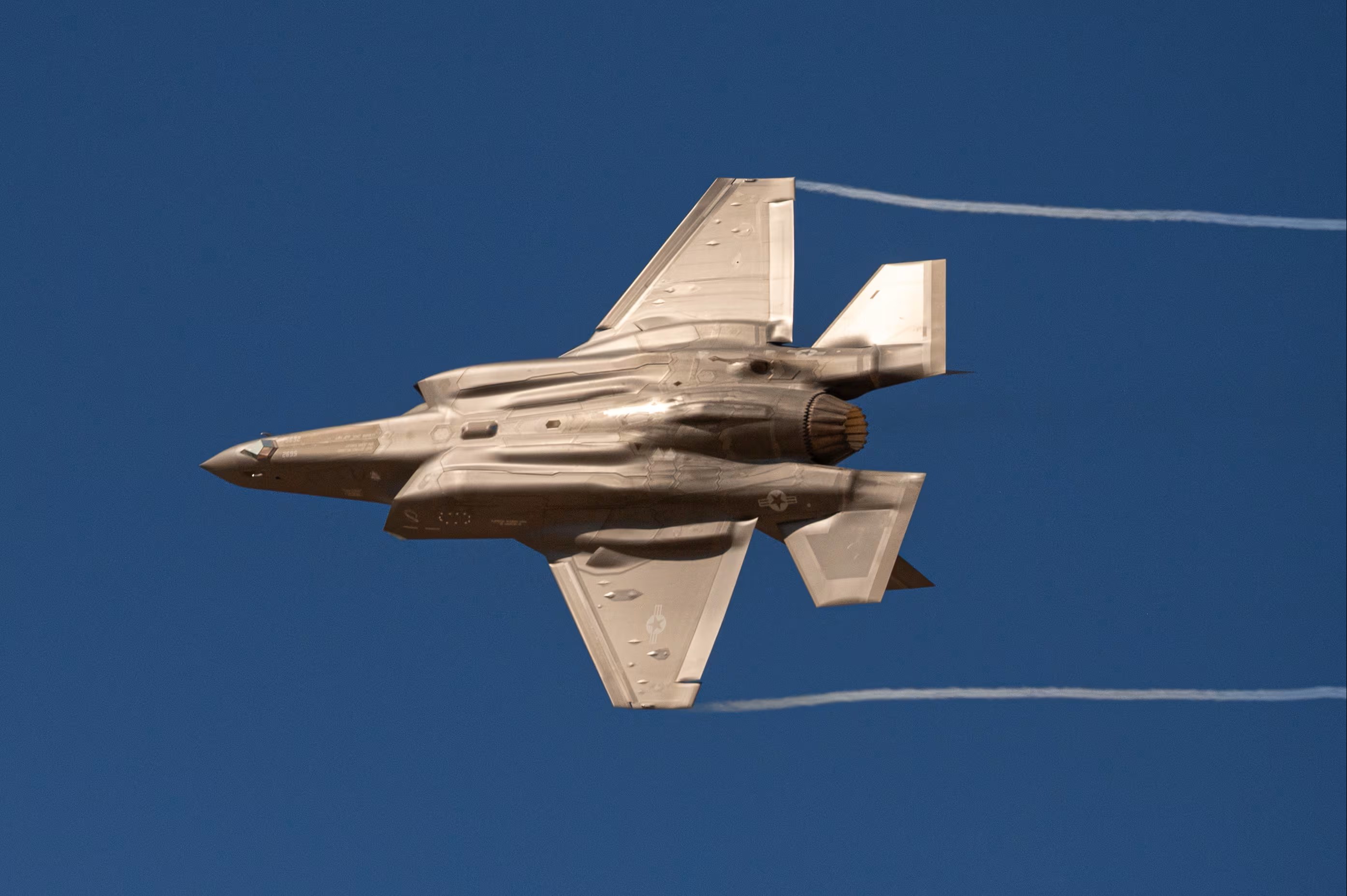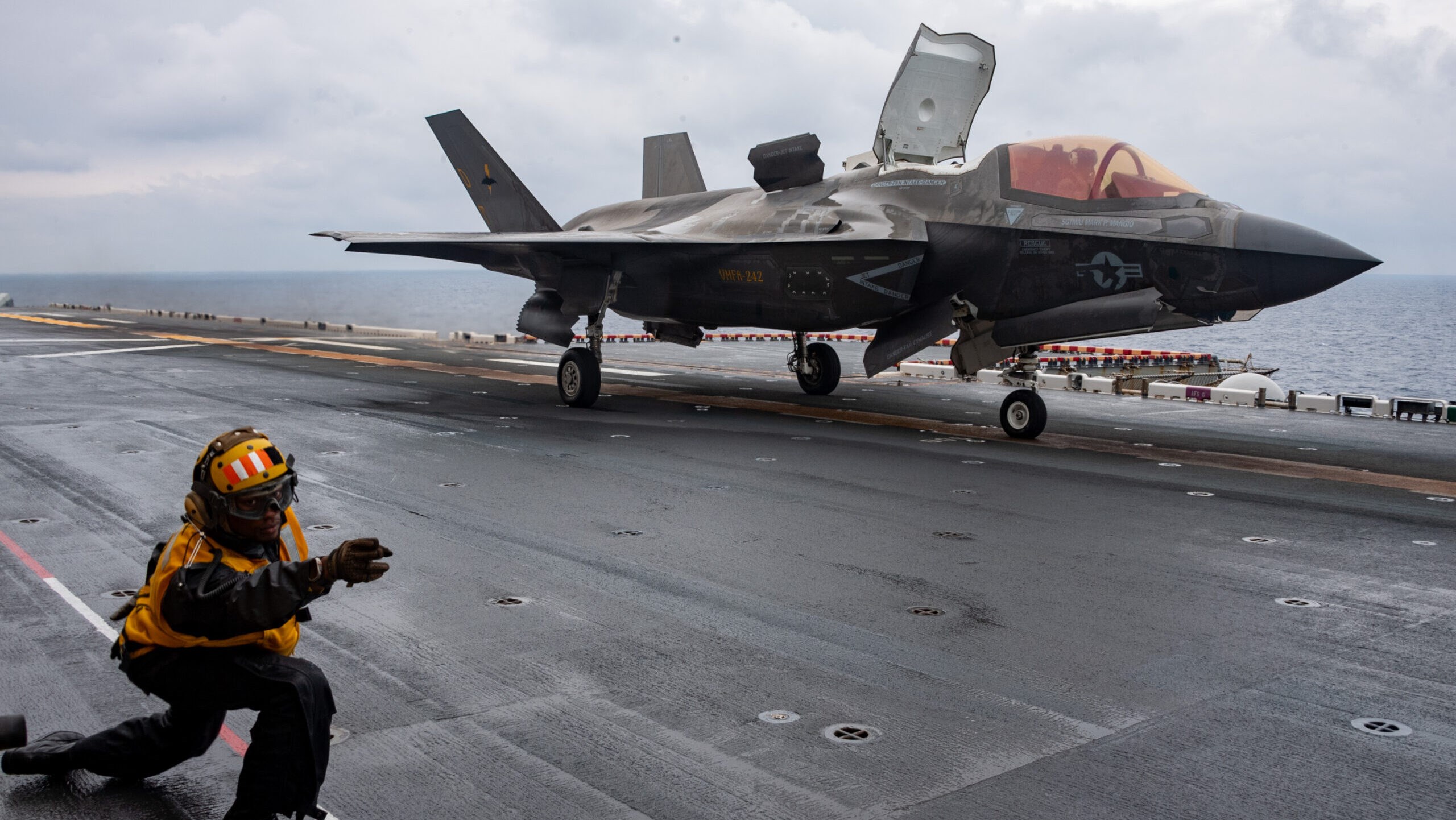

Lockheed Martin is gearing up to equip the fifth-generation fighter jet, the F-35, for the battlefields of tomorrow. Jim Taiclet, the company’s CEO, disclosed future enhancements that promise to significantly boost the F-35’s capabilities within the next two to three years. These upgrades involve enhanced stealth capabilities, state-of-the-art electronic warfare systems, new weaponry, and, most prominently, a “pilot-operated” flight system. With these advancements, the F-35 is set to attain “fifth generation+” status.

In response to the US Air Force’s contract with Boeing for the sixth-generation fighter jet program NGAD (Next Generation Air Dominance), Lockheed Martin is turning its focus back to the F-35. Instead of discarding the cutting-edge technologies developed for NGAD, the company plans to integrate them into the F-35, making the project more appealing. Boeing is progressing with the sixth-generation F-47. Lockheed Martin is now set to incorporate numerous advanced technologies from NGAD into the F-35.

“When it comes to other sixth-generation capabilities, we believe we can achieve a substantial capability enhancement for the F-35 by introducing some of these technologies within two to three years,” said Taiclet.
In this regard, the F-35’s stealth abilities will be improved with cutting-edge radar systems, advanced electronic warfare technologies, enhanced infrared and radar-absorbing coatings, and stylistic changes to the airframe, particularly in the engine intakes and exhausts. These modifications aim not only to bolster the aircraft’s stealth but also to offer a higher chance of survival with a reduced radar signature. The upgraded F-35 variant will also feature advanced weapon systems designed for the sixth-generation fighter jet.
Current F-35 models possess limited autonomous functionality. In 2023, an F-35 demonstrated autonomous flight for 11 minutes after the pilot ejected, showcasing potential capabilities. However, a fully autonomous F-35 hasn’t been officially announced yet. New plans emphasize a hybrid architecture allowing the aircraft to operate with or without a pilot. This enhances the F-35’s flexibility, making it suitable for both manned and unmanned combat missions. In Taiclet’s words, this new version will be a “supercharged” F-35.
Lockheed Martin asserts that this enhanced model can offer approximately 80 percent of the capability of a sixth-generation fighter at significantly lower costs, nearly half the price. The company highlights that the F-35 is not merely a fighter jet but a force multiplier. With its advanced data collection and sharing systems, the aircraft is purported to coordinate air, land, sea, space, and cyber operations seamlessly, fostering synergy among joint forces.
Lockheed Martin’s current “Technology Refresh 3” (TR3) updates are part of the F-35’s preparation for a new era. This package includes a more robust processor, increased memory, and an improved cockpit display. The aircraft are also equipped with a new sensor system (Distributed Aperture System) featuring six antennas, significantly enhancing the F-35’s situational awareness and laying the groundwork for a more comprehensive upgrade package, Block 4.
The rollout of new hardware and software upgrades will be gradual to ensure production quality. Nonetheless, Lockheed Martin’s CEO emphasizes that this transformation will take time. Consequently, these proposed advancements, presently theoretical, will not be visible for at least a few years. It’s noteworthy that all these developments follow US President Donald Trump’s recent remarks regarding the F-55 and F-22 Super. Trump described the F-55 as a substantial upgrade of the F-35.
SİGORTA
2 gün önceSİGORTA
3 gün önceSİGORTA
4 gün önceSİGORTA
4 gün önceSİGORTA
5 gün önceSİGORTA
6 gün önceSİGORTA
6 gün önceSİGORTA
9 gün önceSİGORTA
9 gün önceSİGORTA
10 gün önce 1
DJI Mini 5: A Leap Forward in Drone Technology
20095 kez okundu
1
DJI Mini 5: A Leap Forward in Drone Technology
20095 kez okundu
 2
xAI’s Grok Chatbot Introduces Memory Feature to Rival ChatGPT and Google Gemini
14107 kez okundu
2
xAI’s Grok Chatbot Introduces Memory Feature to Rival ChatGPT and Google Gemini
14107 kez okundu
 3
7 Essential Foods for Optimal Brain Health
12976 kez okundu
3
7 Essential Foods for Optimal Brain Health
12976 kez okundu
 4
Elon Musk’s Father: “Admiring Putin is Only Natural”
12822 kez okundu
4
Elon Musk’s Father: “Admiring Putin is Only Natural”
12822 kez okundu
 5
Minnesota’s Proposed Lifeline Auto Insurance Program
10694 kez okundu
5
Minnesota’s Proposed Lifeline Auto Insurance Program
10694 kez okundu
Sigorta Güncel Sigorta Şikayet Güvence Haber Hasar Onarım Insurance News Ajans Sigorta Sigorta Kampanya Sigorta Ajansı Sigorta Sondakika Insurance News